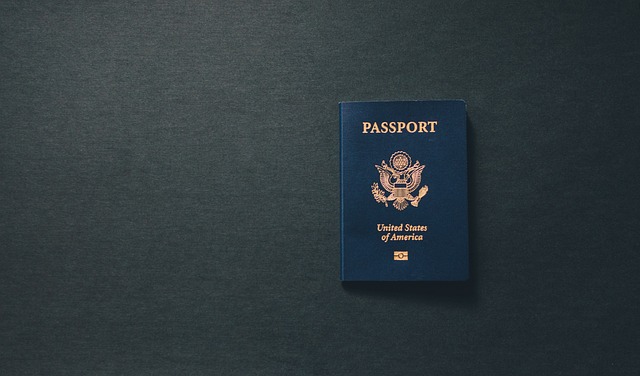Understanding Family Reunification in Immigration
Family reunification is a fundamental aspect of U.S. immigration policy, allowing U.S. citizens and lawful permanent residents (LPRs) to sponsor their family members for immigration.
Who Qualifies for Family Sponsorship?
Immediate Relatives: U.S. citizens can sponsor immediate relatives, including spouses, children, and parents, without any quota limitations.
Family Preference Categories: This includes other relatives like siblings and adult children, but they face annual numerical limits, which can lead to long wait times.
Benefits of Citizenship in Reunification Processes
Becoming a U.S. citizen has significant implications for family reunification:
- Faster Processing Times: U.S. citizens can sponsor their relatives with much quicker processing compared to LPRs.
- No Annual Quotas: Unlike LPRs, there are no cap limits for immediate family members of citizens, which significantly reduces wait times.
- Broader Sponsorship Options: Citizens can also sponsor additional family members, such as siblings, that LPRs cannot.
The Sponsorship Process: A Brief Overview
- Filing Form I-130: The process begins with the U.S. citizen filing the I-130 petition for their relative.
- Adjustment of Status: After approval, the sponsored family member may apply for an immigrant visa or adjust their status if already in the U.S.
- Consular Processing: If the relative is outside the U.S., they will need to go through consular processing at a U.S. embassy or consulate.
Conclusion
Navigating the family reunification process can be complex, but understanding how citizenship accelerates this process can help aspiring citizens and their families in planning their journeys.
For more detailed information about the family reunification process, please visit USCIS.




